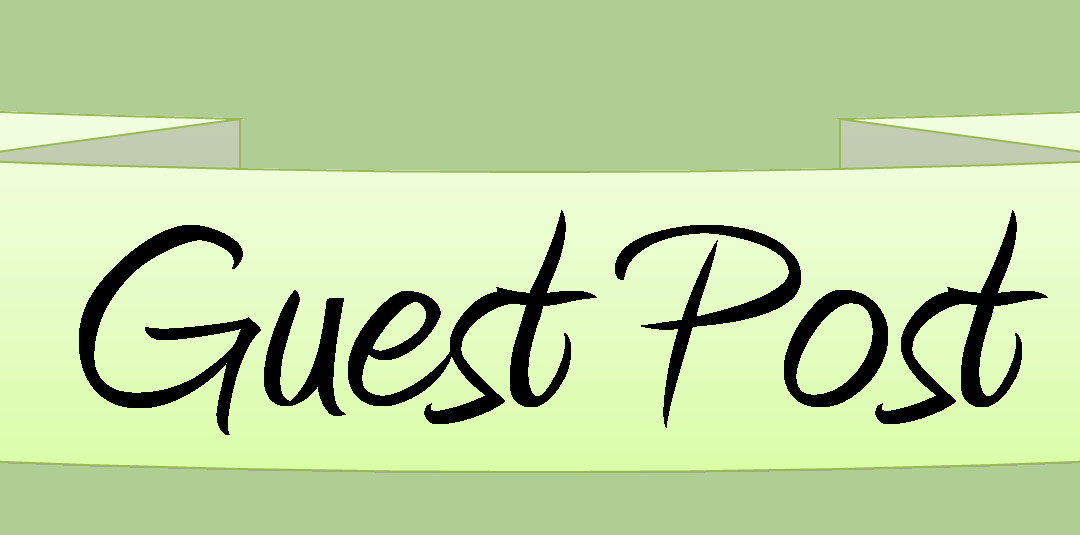
Weave Your Advertising Copy Like a Strand of DNA-by Holland Webb
I was one of those early readers your child psychologist warned you about. All my pals lived between…
January 11, 2017
I was one of those early readers your child psychologist warned you about. All my pals lived between…
January 11, 2017
Taking Critique Like a Jedi May 25, 1977, Star Wars: A New Hope—a small indie film with an unknown…
January 6, 2017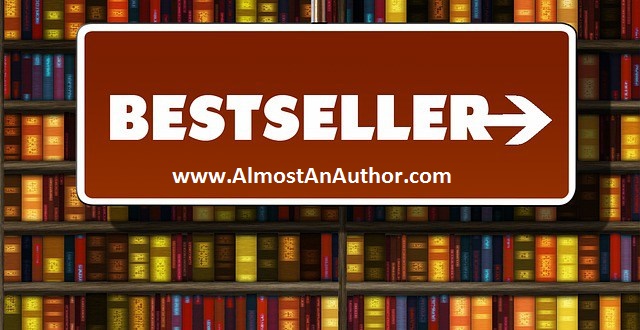
Can you share a little about your recent book – Conspiracy of Silence is the first book in my…
January 1, 2017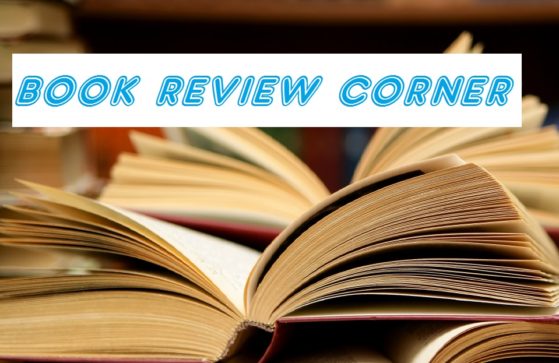
In Conspiracy of Silence (The Tox Files #1), Ronie Kendig crafts a suspenseful, fast-paced tale that combines archeology,…
December 31, 2016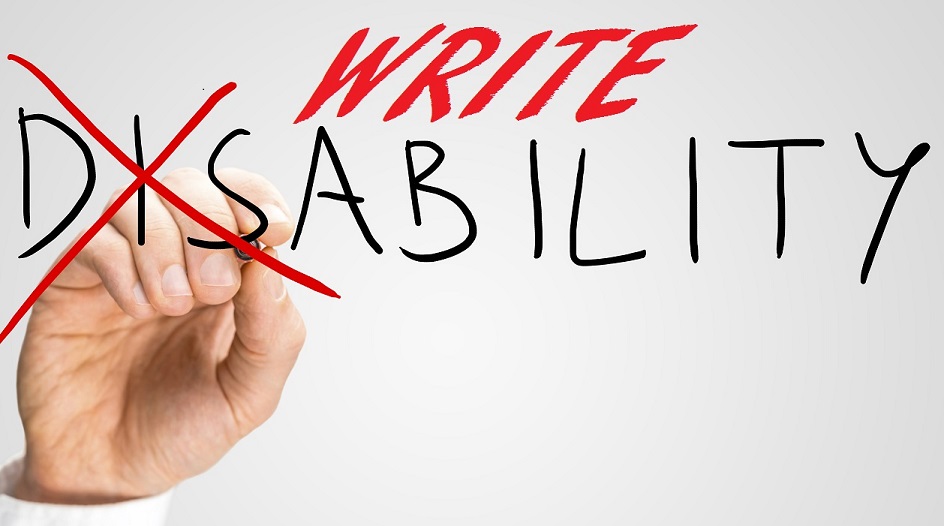
I have a disability. In fact, I have several. My body dictates everything for me: when I write,…
December 29, 2016
“Your platform isn’t large enough.” The pretty blonde editor closed my proposal and handed it back. I attempted a smile, thanked…
December 24, 2016
A few years ago when I was knee-deep in preschoolers and a newborn, I started a blog. I meant…
December 16, 2016
Please tell us about your most Recent Book I recently completed my Cherry Hill Series, a Young Adult urban…
December 15, 2016
Much of the publishing world becomes silent throughout late November until the New Year—including the magazine world. The holiday…
December 12, 2016
Being a sports writer has always been the most rewarding job I ever had. Often, I think back…
December 11, 2016
Multiple points-of-view. This topic can spark quite a discussion among authors. Some prefer showing their story through the…
December 6, 2016In Fierce Courage, author Gabriella Kovac tells the story of Ivo Glovonich and his triumphs over seemingly-insurmountable obstacles. The…
December 2, 2016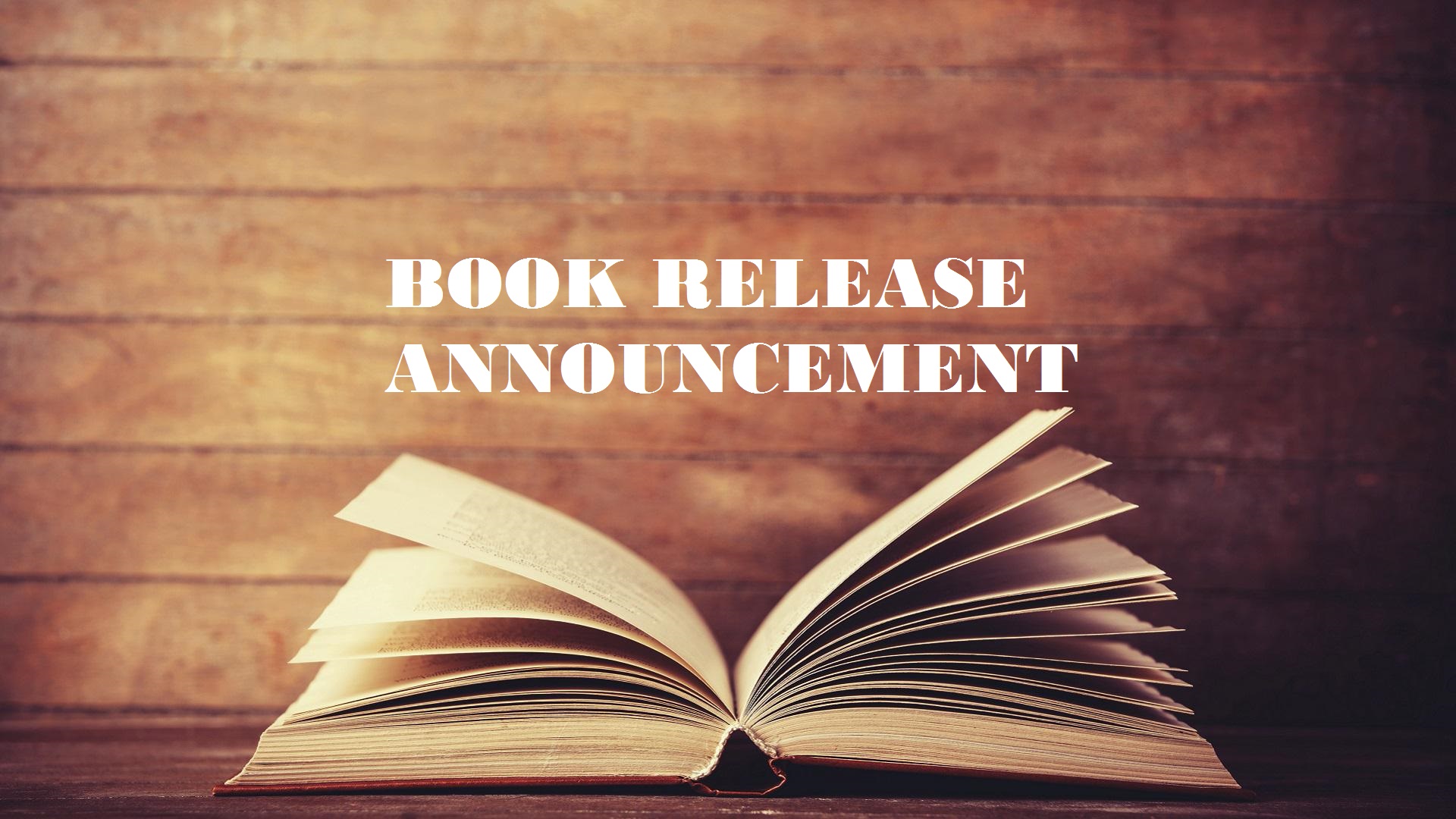
Next week I will take a long and worshipful moment to count my blessings. The third and final book…
December 1, 2016
Can you share a little about your recent book – My latest book is Fierce Courage It is a…
December 1, 2016
The following is an excerpt from A Life of Generosity: 21 Days to Living a Full Life With a…
November 30, 2016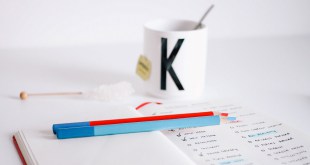
Third Person In my last post, I explained that Point of View is one of the choices writers have…
November 29, 2016
Let’s face it, for most people flash fiction stories of one thousand words or less is intimidating. You have…
November 16, 2016
Please tell us about your most Recent Book Mind Writer is a science fiction thriller involving clones, genetic engineering,…
November 15, 2016
How do you write your magazine article? Let’s explore the details in this article. As a long-time journalist…
November 12, 2016
The Bible is the perfect place to learn poetry. Hebrew poetry makes up approximately one-half (depending on the translation)…
November 11, 2016
“Mama, today I learned that Jesus used magic to heal the lame man!” My five-year-old daughter bounced on her…
November 6, 2016
I’ve been part of the publishing industry for many years, but today is a dream come true for me.…
November 4, 2016by Judith Robl National Novel Writing Month has always been a dilemma for me. I would love to be…
November 3, 2016
Can you share a little about your recent book Young lawyer Parker House’s career is on the rise –…
November 2, 2016In The Witnesses, Robert Whitlow masterfully weaves an intriguing and suspenseful tale of two men bound both by blood…
November 1, 2016